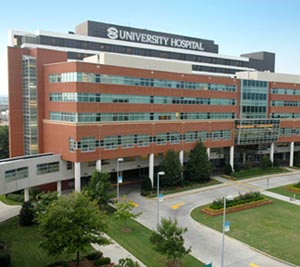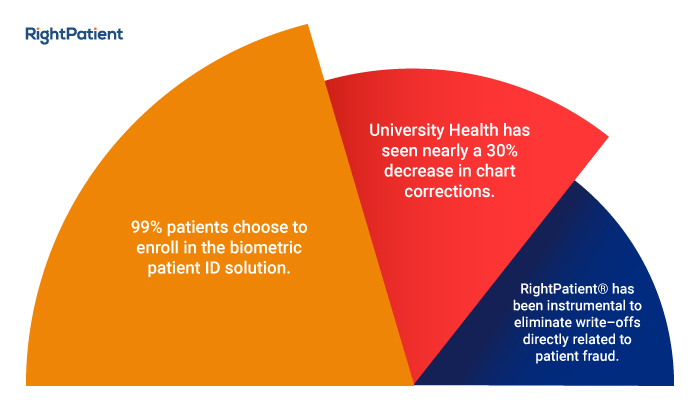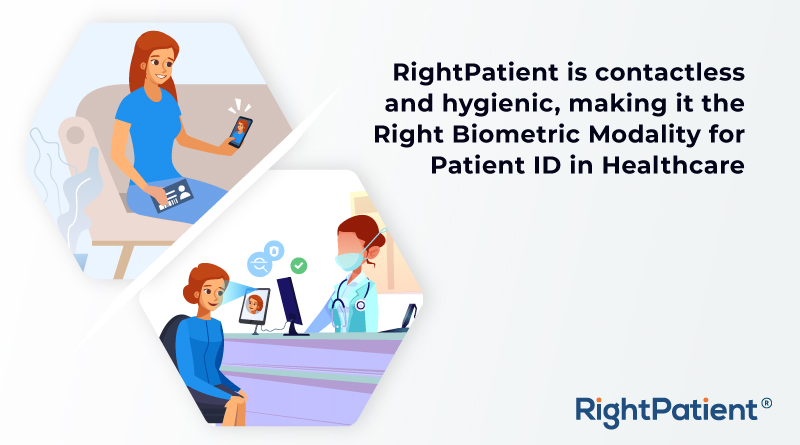The following guest post on building patient trust was submitted by Andrea Bell.
Health institutions play an essential role in people’s lives today. With increasing health consciousness, the demand for health institutions including hospitals and private clinics has reached a whole new level.
This increase in demand has naturally resulted in the development of a large number of healthcare institutes – all of them founded with an aim to take over the market. This is why it has become challenging for businesses operating in the health sector to gain patient’s s loyalty in the long run.

What are some simple, yet effective things medical institutions can do to gain patient trust?
Research shows that the number of hospital jobs increased by 306% in 2015 with 172,200 payroll additions compared to the 42,400 jobs created in the same industry in 2014, as stated by the Bureau of Labor Statistics.
If you are concerned about holding on to your healthcare customer base at a time when newer facilities are emerging all around you, worry no more. Remember, when patients choose a specific healthcare provider, they consider a number of financial, emotional and personal factors.
We decided to write this article to help you build long-term relationships with your patients in a way that they would never prefer any other facility over yours. Here are the 6 things you can do to gain patients’ trust.
1. Build close relationships with patients
When it comes to choosing doctors and hospitals, patients usually make choices out of emotional and personal values and feelings. Of course, you can trumpet your customer ratings and your hospital rankings as much as you want on your Facebook page, but patients will always make the final decision with their hearts.
To build strong and solid relationships with patients, you need to create a culture where the hospital staff develops close bonds with patients as part of their professional duties.
This includes gestures like conversing with patients when they have long stays at the hospital, relieving them in a friendly manner, and literally treating them like you would a family member who is sick. Most patients are vulnerable and in utmost need of love, care and compassion as they fight with health-related challenges. Like any other industry, word-of-mouth can make or break your business, and is a more effective marketing tool than any other if you want to gain customer loyalty in the long run.
The reputation of a business and its brand image improves gradually through personal recommendations of those who have experienced the service. 74% consumers say word-of-mouth is a key influencer in their purchasing decisions.
2. Create a seamless experience for patients
The last thing a patient is interested in is understanding how your facility’s processes work. They are looking for care, and expecting the hospital staff to take care of the rest for them.
The staff must take some steps to elevate confusion, and direct patients personally instead of letting them take multiple rounds of the sprawling building in an unhealthy physical state.
The hospital staff should be trained to be super proactive and help patients move through the processes as quickly as possible. They should also be very informative and use different methods to assure patients that everything is under control and that they should just sit back and relax. This will help patients feel confident that they are in the right place and in the right hands.
3. Ensure that safe and certified hospital staff and equipment are used
Going to the hospital can be a very daunting and uncomfortable experience for many. This is mainly because most patients are afraid to receive bad news, wrong treatment or any other similar possibility.
As a medical professional dealing with a plethora of patients on a daily basis, these concerns may not seem like much to you, but these can weigh very heavy on the hearts and minds of the patients.
This is why it is so important that these concerns are addressed even before the treatment is started.
Such anxiety issues could be resolved by employing a number of strategies. You could put up certificates in places where the patient can easily see them such as hospital walls, websites etc.
In other words, as a health facility, do not underestimate the fear that patients feel as they enter your premises for the first time, and also understand your role in helping alleviate that fear. This, in the long run, makes a lot of business sense too.
4. Deliver information in its most simplified form
Patients are most likely to trust doctors on information related to symptoms, treatment, medications and costs. Very few of them will dig up stories related to their health on the internet.
The key to developing patient trust is giving information as simply as possible. Using complicated medical jargon may give the impression that the doctor is highly qualified, but one thing is for sure, it will definitely confuse the patient and cause more anxiety about what’s going to happen to them next.
So it is crucial to provide information to patients in a way that they can easily understand. The hospital’s web presence could also be used to deliver that information so that the patient does not feel the need to consult other online sources which may give the wrong information regarding their diagnosis.
This is one way to ensure that patients keep coming back to you for all of their health-related problems because they have developed a sense of trust for the hospital staff and their services.
5. Be transparent
Because of the huge number of patients that doctors have to see every single day, it can sometimes become challenging to give each one a personal touch.
At the end of the day however, it is essential. I No matter how busy the schedule, it is important to realize that these patients are average people dealing with a lot of fear and anxiety about their diagnosis; they need to know that they are understood and respected.
Small gestures like a smile, eye contact and special attention can go a long way to show the patient that the doctor cares about how she feels and what she is going through.
6. Speak with one brand voice
A strong brand image can although play a great role in instilling trust within the patient, however, it could be further enhanced by doctors by building a strong personal relationship with the patient which is somewhat consistent with the brand as well.
This brand might not show on official brochures or websites, but it can become a part of how the hospital staff interacts with patients on a daily basis.
In other words, the hospital staff should be trained in such a way that they promote the hospital’s brand by showing compassion, going the extra mile for each patients and treating them as guests, and not a liability.
Gaining patient’s trust is an element which is important to the overall success of the business. Patients having trust in any health institution is a form of partnership with them and can ensure consumer loyalty in the long run along with other benefits and hence, should always be encouraged by hospitals.
Andrea Bell is a Freelance writer and a content contributor at www.computermateinc.com, which provides Medisoft V21 software. She writes mostly on technology related stuff. Live simply, give generously and a sports lover. Find her on twitter @IM_AndreaBell










 Brad Marshall is an Enterprise Development Consultant with RightPatient®. With several years of experience implementing both large and small scale biometric patient identification projects in healthcare, Brad works closely with key hospital executives and front line staff to ensure project success.
Brad Marshall is an Enterprise Development Consultant with RightPatient®. With several years of experience implementing both large and small scale biometric patient identification projects in healthcare, Brad works closely with key hospital executives and front line staff to ensure project success.


 Michael Trader is President and Co-Founder of RightPatient®. Michael is responsible for overseeing business development and marketing activities, government outreach, and for providing senior leadership on business and policy issues.
Michael Trader is President and Co-Founder of RightPatient®. Michael is responsible for overseeing business development and marketing activities, government outreach, and for providing senior leadership on business and policy issues.



